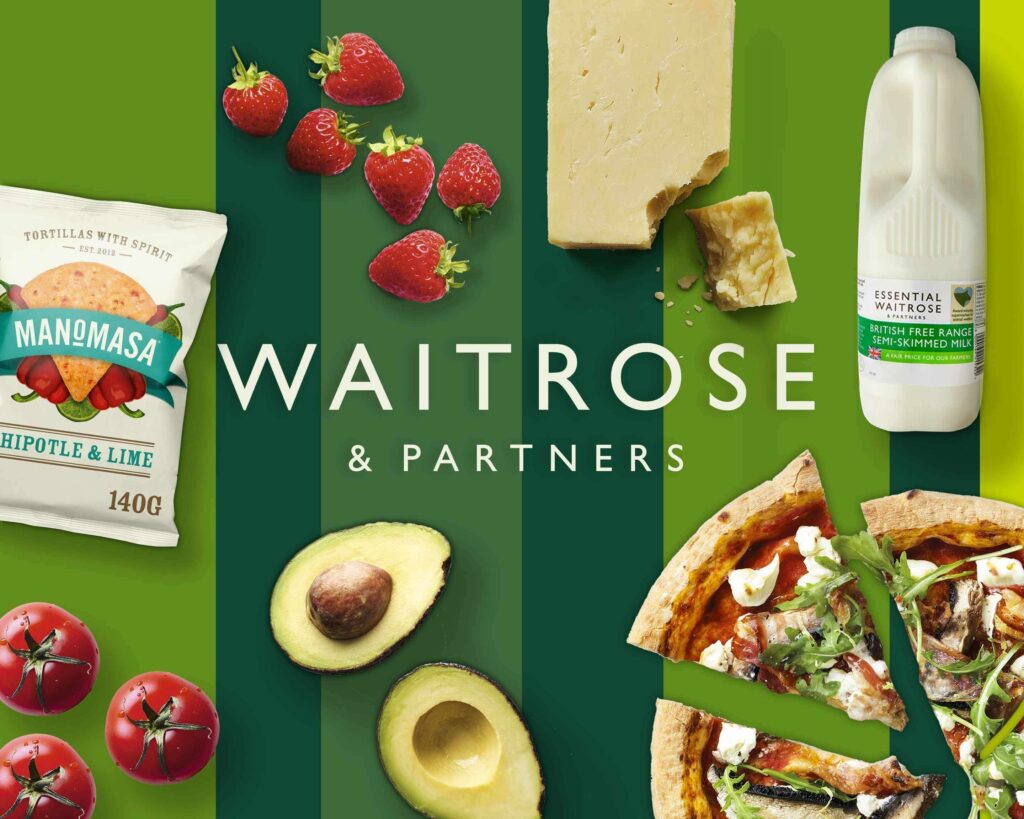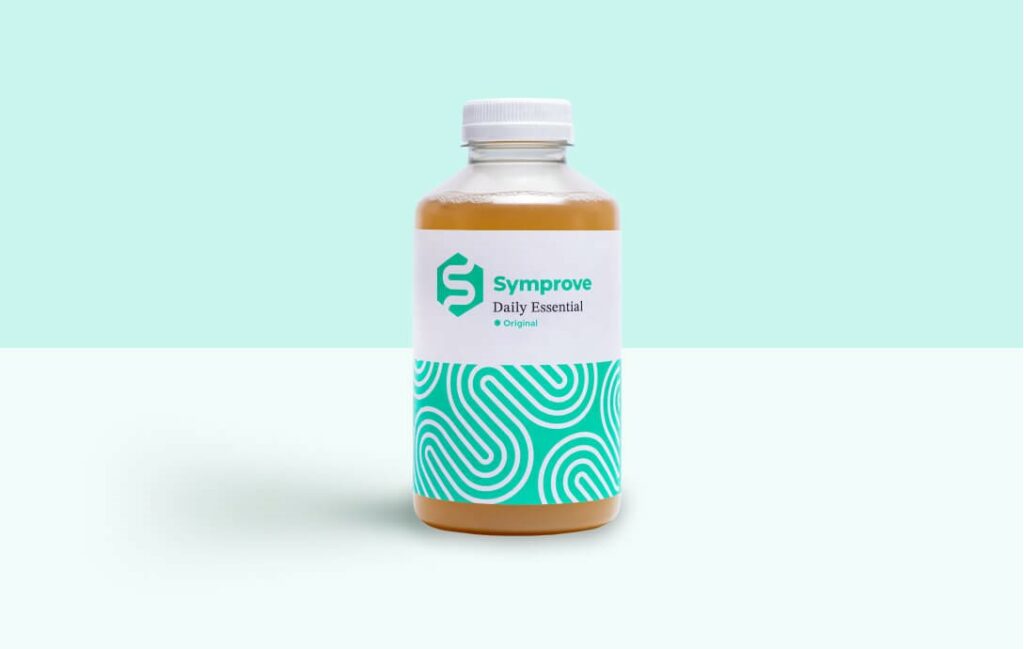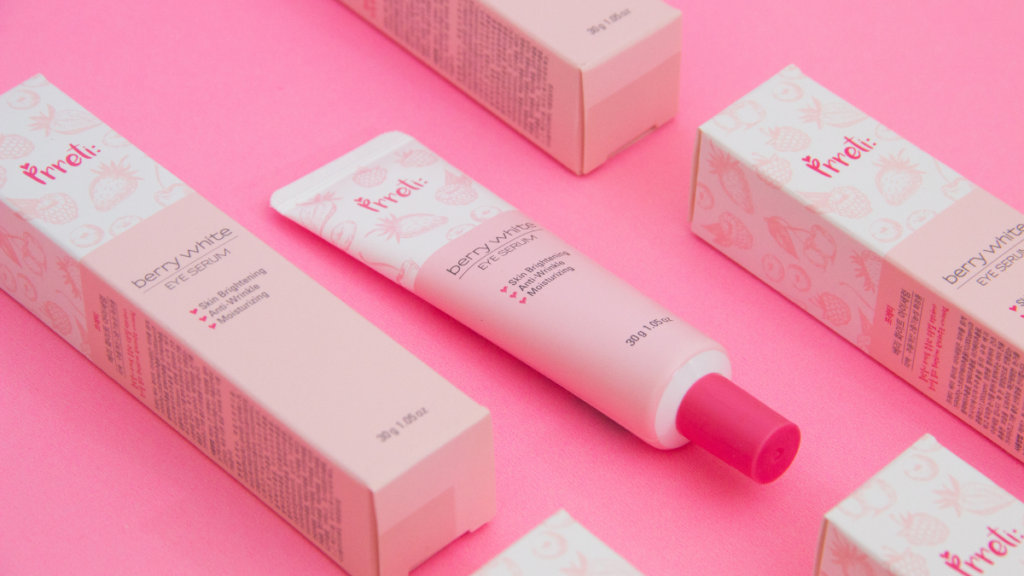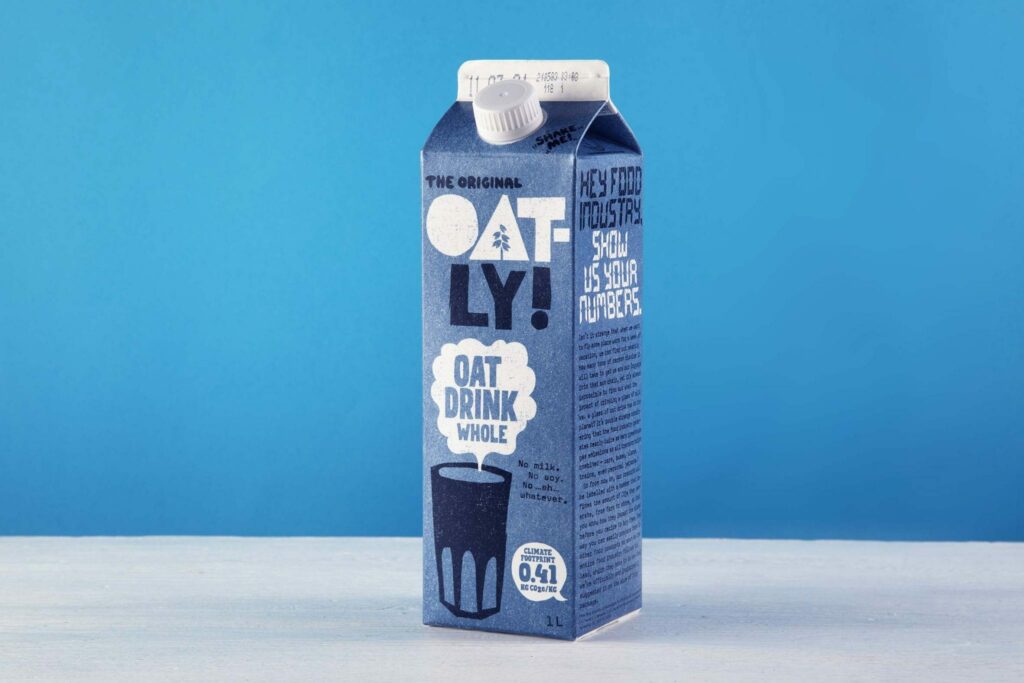Video content is King
According to a recent study by Forrester Research, 1.8 million words of text is worth 1 minute of video in terms of impact. Whether such a comparison is really accurately quantifiable, it’s clear that video is rapidly overtaking text as the most dominant form of digital content.
In a fast-moving world of Social Media, changing technologies and ever more selective consumers, it’s the attention-grabbing, story-telling and engaging qualities of video that make it the most effective and shareable way for brands to communicate with their audiences. Indeed, by 2021 it’s predicted that a staggering 80% of global consumer internet traffic will be video.
Social Media has changed the way we consume video content
There are no two ways about it then – consumers love video and businesses are quickly having to adapt by making video a central part of their digital marketing strategies. So far, so straightforward. But it’s not quite as simple as commissioning a video, sticking it on your website and sharing a few links across Social Media.
The evolving digital landscape is creating more and more ways for audiences to consume video content and an increasing number and variety of Social Media platforms are at the forefront of this. Each Social Media platform has its own audience, character, features and functions, not to mention technical restrictions and conventions about hosting video. Audiences have different expectations and consume video differently according to each platform. Forward-thinking brands can take advantage of this by considering these Social Media nuances when planning their video distribution strategies. You can stay one step ahead of the competition by carefully adapting your video content to have the maximum impact on each Social Media platform.
To help you get started, here are our top tips on how to use video content across the most popular Social Media networks:
Facebook Tips
The stats
Using video to get brand engagement on Facebook is more important than ever. Facebook generates more than 8 billion video views per day (source Bloomberg) and views of branded video content have increased 258% since 2016 (Tubular Insights). Square video gets 275% more views and 482% more shares than regular.
The tone
Facebook is primarily a personal network of family and friends. Of course, businesses make great use of it for marketing purposes but consumers are largely using it in an informal way. It’s great for B2C and any video content you post should be friendly, entertaining and sit well in users’ feeds alongside casual updates from friends. Don’t post anything corporate or specialist and keep the tone light.
The format
Square video is outperforming regular video in terms of engagement, perhaps due to the increase in internet usage on Mobile phones.
Facebook videos autoplay and the majority of people watch without sound – make sure your video is captivating in the first few seconds to stop users scrolling on by – and don’t forget to add captions or text overlay and an attention-grabbing thumbnail and title.
Videos under 2 minutes long perform best.
Upload your video natively (rather than posting links to other video platforms) because the Facebook algorithm rewards native video.
Go live
Facebook’s algorithm also rewards live video as it is the most engaging type, and what’s more when brands post live video, it also seems to increase the reach of their non-live video content. Facebook live videos are viewed for 3 times longer than uploaded recorded video and get 10 times as much engagement. Live videos should be longer than recorded videos (but less than 15 minutes).
Advertise
Reach a highly targeted market with engaging video advertising on Facebook. Video ads receive 10 to 30% more views than other image ads (although often with a higher CPC).
Twitter Tips
The stats
Twitter is the channel for short, fleeting updates and therefore hasn’t emphasised video as much as some of the other social media channels. However, 82% of Twitter users say they watch video content on the platform (Bloomberg). Twitter reports that Tweets with video are 6 times as likely to be retweeted as Tweets with static images, and 70% of US marketers said they were confident they could drive sales through Twitter video advertising (www.emarketer.com)
The tone
Twitter is great for business networking and connecting with influencers and customers. The tone should be more professional than Facebook, but avoid overly spammy or salesy content. You can be more businesslike in what you post, but be conversational too as ‘real-time’ interactions are common.
The format
Twitter supports MP4 or MOV format video and you can post landscape, square or vertical videos. Square and vertical perform best because 93% of Twitter video views are on Mobile devices (Adweek). Films can be no longer than 2 minutes 20 seconds. Between 30 and 45 seconds is the optimum length however so the platform is ideal for posting teaser clips to longer format video content on YouTube or your website.
Go live
Live video marries really well with the real-time immediacy of the Twitter platform and posting live video via Periscope is a great way to promote business events, conferences, product launches etc.
Advertise
Video advertising now accounts for over 50% of Twitter’s revenue and video website cards or video app cards can drive viewers directly to your website.
Instagram Tips
The stats
While primarily a photo sharing platform, the amount of time users spend watching video on Instagram has increased 80% year on year since video feature was launched in 2013 (Instagram). The main demographic is 18-29 years old (59% of this age-group uses the platform) and video advertising gets 3 times as many comments as photo advertising. 35% of Instagram users are creating and viewing video via Instagram stories (Mediakix).
The tone
Instagram is a friendly and informal platform used predominantly by the Millennial and Generation Z demographic. Its visual nature encourages active engagement and Instagram posts get the highest brand engagement of any Social Media platform (Invespcro). It is a really useful platform therefore for informal visual storytelling, communicating brand culture and identity, and for creating an emotionally engaged brand community. It is also very effective for showcasing products and online shopping for retail brands.
The format
Instagram video must be less than 60 seconds in length. Use vertical video in Instagram stories, and landscape for timeline video. An Instagram story video can only be 15 seconds in length, but you can add as many stories as you like, or make a longer story by posting multiple 15 second chunks sequentially.
Go live
Live video on Instagram can be up to an hour long and is available for your audience to watch (in full) in the stories and live section at the top of the screen. Live lends itself to seasonal stories and events or time limited promotions. It can also be a great way to increase engagement with your audience by means of live Q&As and chat.
Advertise
As we discovered earlier, video advertising on Instagram generates 3 times as many comments as photo advertising. As well as standard video ads between 3 and 60 seconds long including room for 2,200 characters of text, brands can now use carousel video ads by adding up to 5 videos to one ad, along with up to 2,200 characters of text.
Instagram TV
Instagram has recently launched Instagram TV, a long form video app that’s also available within Instagram. Videos on the app will be vertical in format and can be up to an hour long, suggesting that Instagram is vying for YouTube style content.
Linkedin Tips
The stats
75% of business executives said that they watch work-related video weekly (Cisco Systems) making professional networking platform Linkedin ideal for hosting business videos. 38% of marketers use video on Linkedin and 55% of business owners said they would continue or start to share video on Linkedin in 2018. Linkedin users are also 20 times more likely to share a video than any other type of post (Linkedin). 61 million Linkedin users are senior level influencers and decision makers and Linkedin is the top channel for distributing content for 94% of B2B marketers.
The tone
As a professional networking, B2B and recruitment platform, Linkedin suits a corporate and formal tone and is the place to demonstrate industry expertise and personal thought-leadership to your audience. 50% of US internet users with a college degree use Linkedin so your content should be value-adding and informative. Video can be used professionally to showcase projects, conduct interviews, show case-studies and post how to’s and demonstrations.
The format
Linkedin enabled a native video function recently and it now allows members (not businesses as yet except via advertising) to upload videos natively between 3 seconds and 10 minutes long from the app or web in either vertical or horizontal formats. Vertical videos will be cropped to square and videos will autoplay silently in the feed. The platform has also recently added sticker and text options for video. Native video will rank higher in searches than video links to other platforms. Although you can’t livestream, you can post a video as soon as you have recorded it and you can also share it to your company page.
Advertise
Linkedin has recently rolled out business video advertising in the form of Video for Sponsored Content and Company pages. Businesses can now pay to showcase their companies with video on their company pages and can sponsor highly targeted B2B video content that will autoplay in audience feeds.
YouTube Tips
The stats
The daddy of video hosting platforms, YouTube has a staggering 149 million viewers per month. (Statista). More than 1 billion hours of video are watched daily and more than 50% of YouTube video views come from Mobile devices (YouTube). YouTube also reaches more 18-49 years olds than any broadcast or cable TV network, and whilst time spent on YouTube by this demographic has increased by 74%, TV watching has decreased by 4%.
The tone
Although a lot of YouTube content is perceived as being entertainment based, it’s very much worth businesses having their own YouTube channels to raise awareness and build brand identity and engagement. Google has a strong bias towards YouTube videos in searches (as opposed to videos hosted on websites or other platforms) (Stone Temple) and 70% of people say they watch YouTube videos to ‘solve a problem’ and 86%, to ‘learn new things’. YouTube is therefore a brilliant tool for brands to use to explain how their products and services work and to educate and inform on industry issues.
The format
As a video hosting platform rather than a Social Media platform, you can upload all sorts of format and length videos to YouTube as long as they don’t exceed 20GB. However, ComScore reported that the average YouTube video length is 4.4 minutes, and Wistia research has shown that while you will keep 60% of viewers watching to the end of a 4 minute video, you will retain 75% of viewers of a 1-2 minute video. Shorter still seems to be sweeter on YouTube. 95% of YouTube video ads are audible (Google) – both vision and sound are important on this platform.
Go Live
Live streaming is possible on YouTube (and now also from your desktop) if your ‘account is in good standing’ and is verified. It’s a useful feature for vloggers to share live updates and for businesses to share live video of events/launches etc.
Advertise
YouTube accounts for a quarter of digital ad spend in the US. There are three video advertising options, the most popular being the 6 second bumper ads which appear before, during or after other videos and cannot be skipped. YouTube say that ’70% of bumper ads drive a significant lift in brand awareness.’ The second type of advertising is TrueView which is adverting that plays before, during and after videos, but which can be skipped after 5 seconds. The advertiser is only charged if a viewer watches for 30 seconds or engages with the video. Discovery ads appear when a viewer is browsing content on the web or YouTube and can be any length. The advertiser is charged when a viewer clicks on the ad.
Snapchat Tips
And a final word for Snapchat. Although the least used Social Media platform for video marketing, Snapchat’s popularity amongst the under 24’s should not be underestimated. For businesses targeting this demographic, they can make use of Snapchat stories to post 10 second temporary stories, and can take advantage of Snap Ads to get their video advertising content placed in users feeds.
If you would like help with producing video for different social media platforms, contact us here.
Small Films are video content specialists. By combining strategic minds with creative flair we create powerful stories with video that deeply resonate with audiences, supporting our clients to achieve their ambitions in growing their organisation, brand or campaign.







